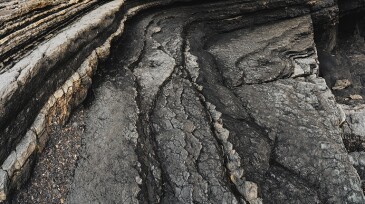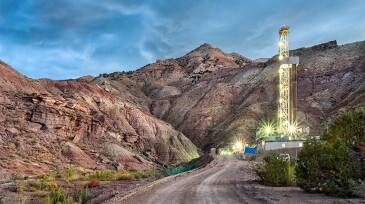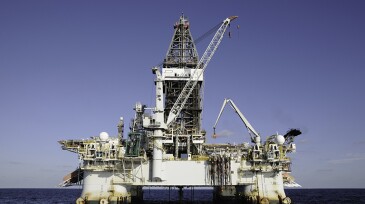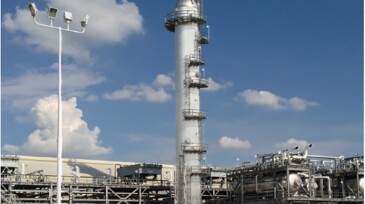DSDE: In Theory
-
The paper provides insights on diffusion in organic matter to correct a primary source of underestimation of gas production in shale-gas models.
-
This paper presents a mathematical analysis of how incorrect estimates of initial reservoir pressure may affect rate-transient analysis in ultralow-permeability reservoirs.
-
In this work, novel physics-based models and machine-learning models are presented and compared for estimating permanent-downhole-gauge measurements.
-
The paper describes an approach to history matching and forecasting that does not require a reservoir simulation model, is data driven, and includes a physics model based on material balance.
-
This paper presents a physics-informed neural network technique able to use information from fluid-flow physics as well as observed data to model the Buckley-Leverett problem.
-
This paper describes an approach to estimate and remove guided-wave noise from array hydrophone data to improve accuracy of leak-source locations.
-
This paper provides a comprehensive study for offshore carbon-dioxide (CO2) storage projects, identifying critical elements for estimation, injection, containment, and monitoring of CO2 plumes.
-
Industry experts from Fugro analyze what the future holds for offshore energy fields and how the industry can embrace and prepare itself for an autonomous and digital future.
-
This paper presents a new real-time method to estimate stage-to-stage interference and well-to-well interference and their implications on completions efficiency.
-
Trafigura, a group of physical commodity trading companies, and Palantir Technologies announced their intent to develop a platform to calculate carbon intensity, combining the efforts of trading and digital technology to account for Scope 3 emissions. The aim is to increase transparency of life-cycle emissions and to provide benchmarking against other market participa…
Trending Now on DSDE
Get JPT articles in your LinkedIn feed and stay current with oil and gas news and technology.













